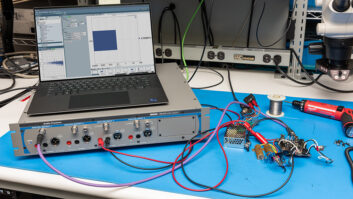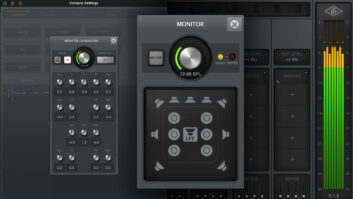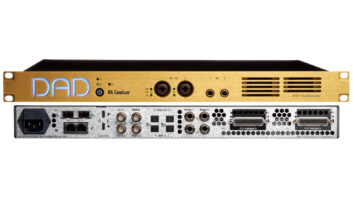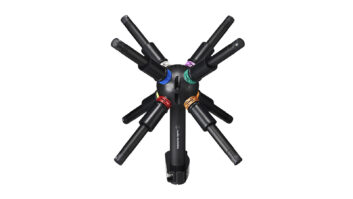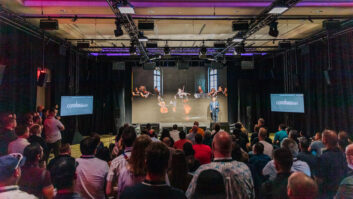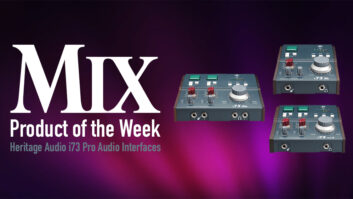DAVE (Dome Audio Video & Effects) bills itself as “one of North America’s largest integrated audio and video post-production facilities,” and the marquee is appropriate. The facility covers 50,000 square feet in downtown Toronto and has been developed over the course of three decades of involvement in the technology and business of the entertainment industry.
Opened as a one-room music studio in 1974, the facility grew as Canada’s music star rose in that decade. In the 1980s, Hollywood and Madison Avenue discovered Canada as a post-production haven. The facility, then named Sounds Interchange, grew to five studios under its new ownership and moved easily into advertising and broadcast work, first with audio and later video; film post-production capability was added in the late 1980s. Later corporate ownership changes gave the newly renamed DAVE facility – now expanded to 17 studios – even more depth in post-production for sports and entertainment work with networks such as Discovery Channel, ESPN, Disney and ABC.
Though its beginnings were in music, DAVE today is a multifaceted sound and picture post-production hub, with significant credits in film, video and broadcast for such clients as Showtime, HBO, MGM, NBC, CBS, Sony, Paramount and all major advertising agencies, as well as a growing number of productions slated for DVD and other new media. All of the foregoing is complemented by the large-format work that has driven DAVE’s technological course most recently.
DAVE’s crown jewel is the facility’s Theatre One, a multiformat mixing stage that is the facility’s first THX-certified studio (Studio 8 is THX-compatible). It’s also an IMAX mixing stage that’s on a scale with the massive theaters themselves. The studio, designed by Claude Fortier and fitted with Fortier’s SOTA IMAX monitoring system and THX-specified sound components, can seat 60 viewers in a stadium-style seating area directly behind a Studer D950S multibus film mixing console (one of the largest iterations of that board thus far installed, with the capacity for up to 560 inputs into its 56-frame/10-layer configuration).
James Porteous, Audio Post Production Manager and Senior Re-Recording Engineer, says that the advantage to clients in such a large facility is the ability to access many post-production services – from voice-overs to Foley to mixing and layback. “But the studio is also heavily integrated with our other linear and nonlinear audio and video editing suites, which creates a tremendous synergy between them,” he explains. “And every technology platform we have is constantly being upgraded, allowing us to move into new media areas, such as DVD and Internet content creation.”
Sound effects are a DAVE specialty. A slew of 32GB hard drives full of many specially designed items are linked to the studios and workstations on an Ethernet network. So too is remote data transfer and FTP file sharing, with anything from voice-overs to 80-piece orchestras via T3 and ISDN to other facilities throughout the world. “It’s an amazing place, technologically speaking,” says Porteous. “But what’s even more rewarding is how intimate and comfortable we’ve been able to make it for all of our clients.”

